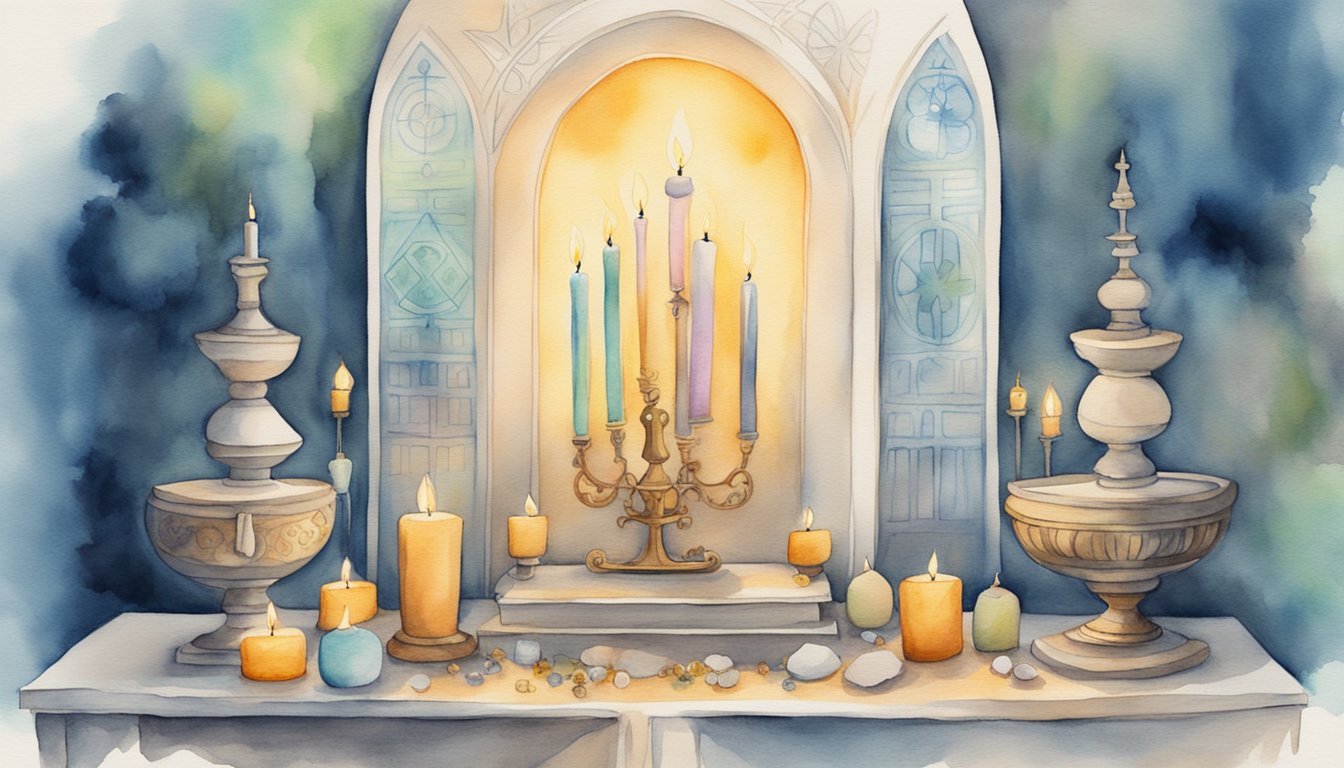Overview of High Holy Days 2024
The High Holy Days in 2024 mark a period of deep religious importance and reflection for the Jewish community, revolving around repentance, prayer, and renewal. These sacred days, which include Rosh Hashanah and Yom Kippur, encourage individuals to seek atonement and strengthen their connection with both God and their community. Many Jewish traditions emphasize personal introspection alongside communal prayers and rituals, fostering a sense of spiritual renewal. For those interested in diverse religious traditions, an Ethiopian religion overview reveals unique practices and beliefs that also emphasize prayer, atonement, and communal values.
Significance and Timing
The High Holy Days, also referred to as the High Holidays, represent the most sacred period of the Jewish calendar. They commence with Rosh Hashanah, which signifies the Jewish New Year, beginning on the evening of September 25, 2024. It is a two-day celebration that introduces the Ten Days of Repentance, culminating with Yom Kippur, the Day of Atonement, starting on the evening of October 4, 2024.
- Rosh Hashanah (Jewish New Year): September 25-27, 2024
- Yom Kippur (Day of Atonement): October 4-5, 2024
Following Yom Kippur are the festivals of Sukkot (Feast of Tabernacles), Shemini Atzeret (Eighth Day of Assembly), and Simchat Torah, which conclude the holiday season.
- Sukkot (Feast of Tabernacles): October 9-16, 2024
- Shemini Atzeret (Eighth Day of Assembly): October 16-17, 2024
- Simchat Torah: October 17-18, 2024
This cycle of festivals represents a journey from introspection towards joyous celebration.
Cultural and Religious Observances
During Rosh Hashanah, the sound of the shofar, a ram’s horn, is a call to reflection and self-examination. This tradition carries great historical and religious significance as it is recounted through Torah readings in synagogues around the world.
On Yom Kippur, the holiest day, fasting and intensive prayer take place. It marks a time for atonement and repentance, with services often extending throughout the day. A complete abstention from food and drink is observed, illustrating the day’s solemnity.
Sukkot follows, a seven-day festival where Jews build and dwell in temporary structures called sukkahs to commemorate the Israelites’ sheltering in the wilderness. Sukkot is a time of hospitality and joy, reflecting themes of protection and trust in God.
Shemini Atzeret and Simchat Torah represent the conclusion of this holy period. Shemini Atzeret is a time for an additional day of reflection and prayer for rain in Israel. Finally, Simchat Torah celebrates the completion and immediate recommencement of the annual Torah-reading cycle, a practice that manifests in lively, dance-filled synagogue celebrations.
The High Holy Days are not merely historic observances, but are vibrant, living traditions that continue to resonate with the Jewish people globally.
Key Dates and Practices
In the Jewish calendar, the High Holy Days are periods rich with reflection, festivity, and tradition. They occur during specific times each year and are accompanied by unique customs and observances.

High Holy Days Calendar
For the year 2024, several important dates mark the Jewish High Holy Days. Rosh Hashanah, the Jewish New Year, initiates the autumnal period known as Tishrei and is observed from sunset on September 25 to nightfall on September 27. Ten days later, Yom Kippur, the Day of Atonement and the holiest day in Judaism, starts before sundown on October 11 and concludes after nightfall on October 12.
Following Yom Kippur, Sukkot begins from sunset on October 16 till nightfall on October 23 The High Holidays. Other significant dates include Chanukah, which will light up homes from the evening of December 25th until the evening of January 1, 2025.
The spring season in 2024 brings Passover starting on April 23 and lasting until the evening of April 30, while Shavuot, which celebrates the giving of the Torah, falls on June 12 and June 13. Festivals such as Purim and Shushan Purim will be celebrated on March 24 and March 25, respectively.
Customs and Traditions
Each Holy Day is accompanied by its distinct customs. For instance, during Rosh Hashanah, the blasting of the shofar calls individuals to teshuvah (repentance), and customs like Tashlich, where bread crumbs representing sins are cast into water, are performed.
Yom Kippur is a day devoted to fasting, prayer, and tzedakah (charity), with special services like Kol Nidrei and the closing Ne’ilah service. On Sukkot, building and dwelling in a sukkah as well as the shaking of the lulav and etrog are central practices Sukkot Celebration.
Traditions for other festivals range from reading the Megillah and exchanging gifts on Purim to counting the Omer during Sefirat HaOmer, which leads up to Shavuot. The lighting of the menorah defines Chanukah, and Tu Bishvat, often referred to as the “New Year for Trees,” involves the planting of trees and eating fruits associated with the land of Israel.
Throughout these observances, the themes of reflection, community, joy, and renewal permeate, providing a structured yet spiritually rich calendar each year.

